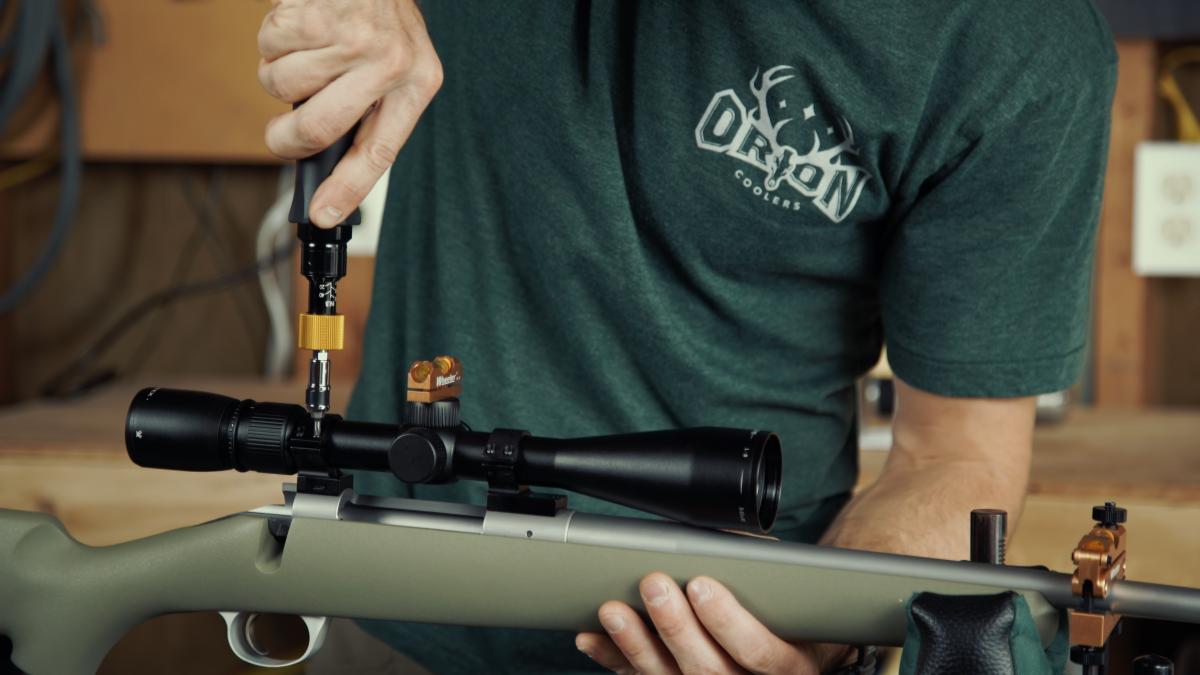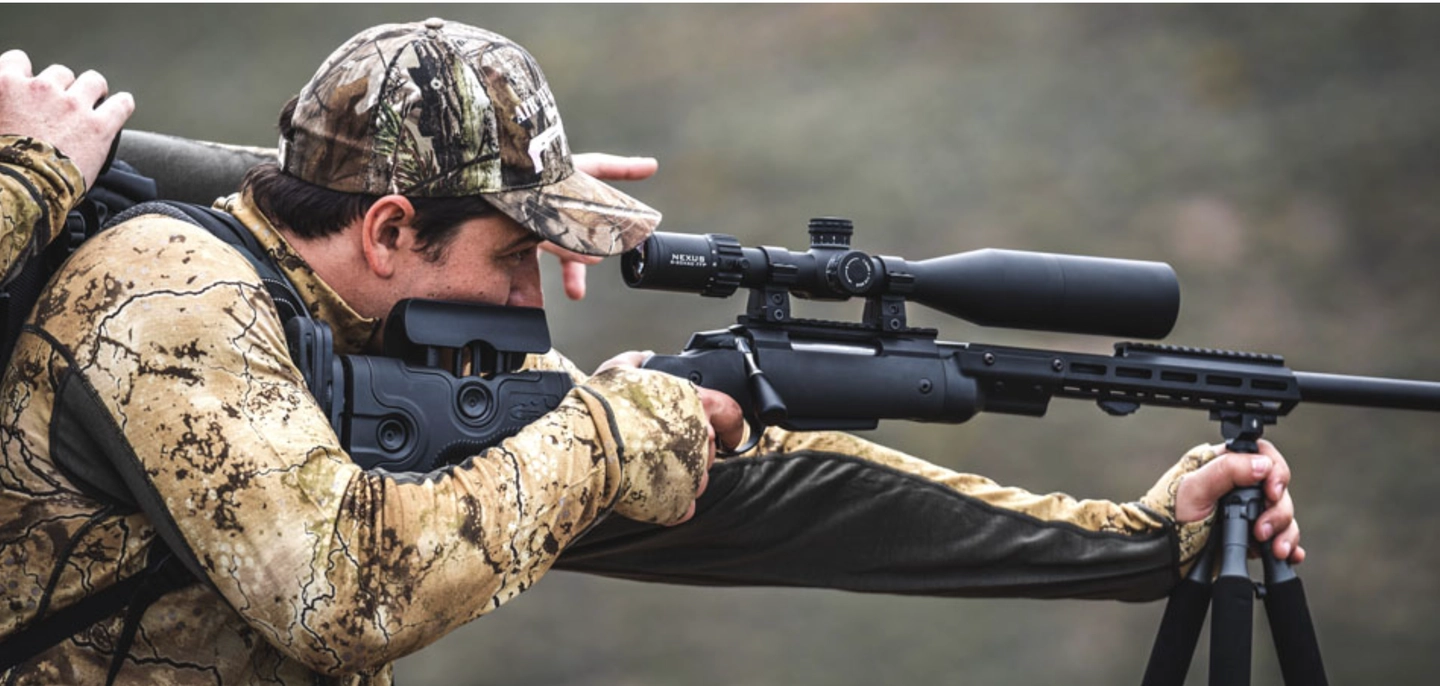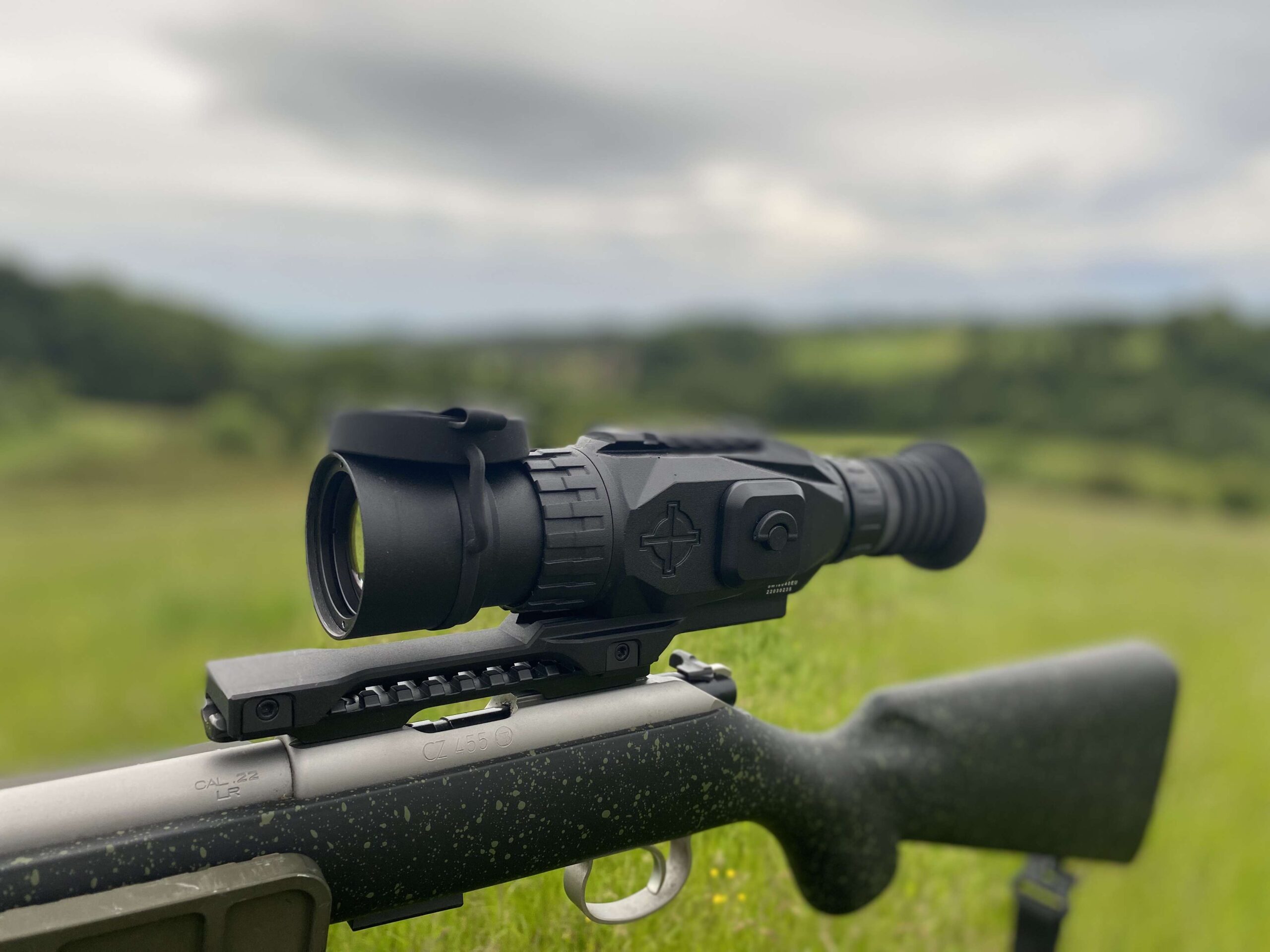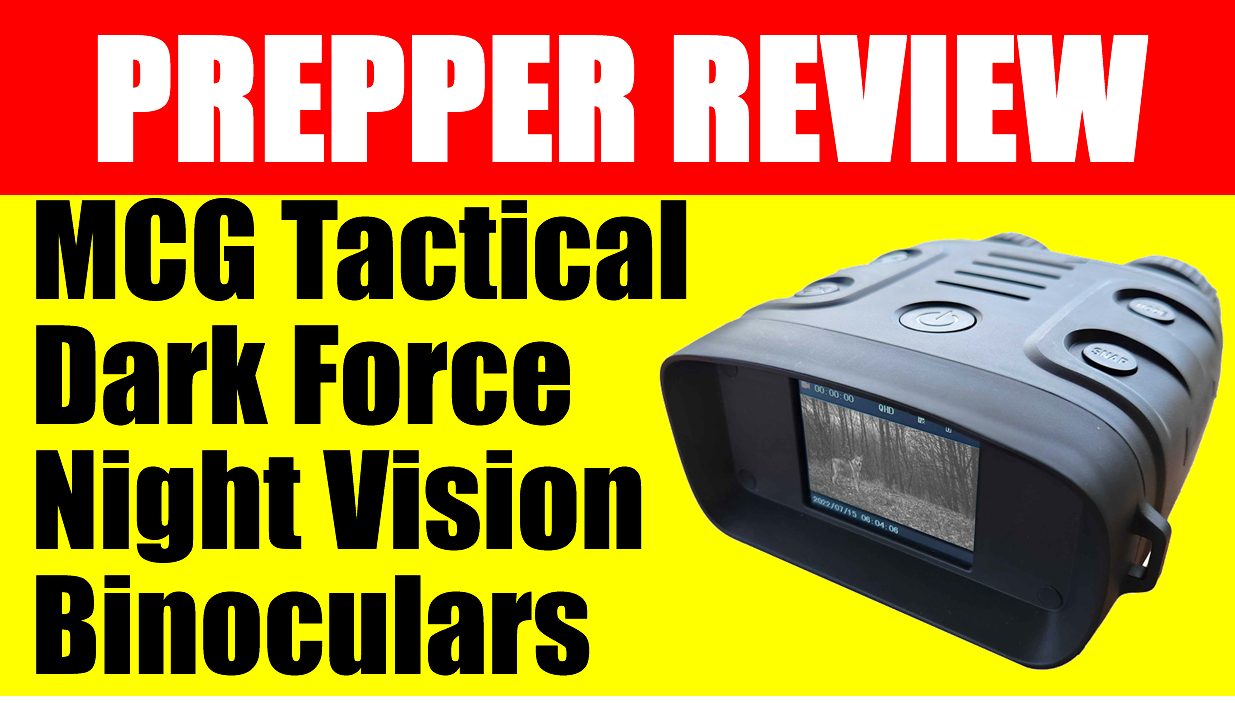Welcome to the exciting world of tactical gear! Today, we’re diving into a hot topic among sharpshooters and gear enthusiasts alike: First Focal Plane (FFP) vs. Second Focal Plane (SFP) scopes. Understanding the differences can make or break your shooting experience. Whether you’re a seasoned marksman or just starting, the right scope can elevate your game. Let’s break down these two types of focal planes and see what really matters!
First Focal Plane vs Second: The Great Scope Showdown!
First Focal Plane scopes place the reticle in front of the magnification lenses. This means that as you zoom in, the reticle scales with the target. For long-range shooters, this is a game-changer. When you adjust your magnification, the subtensions of the reticle remain true across all magnification levels. If you need to make quick adjustments for windage or elevation, you’ll appreciate this feature.
On the flip side, Second Focal Plane scopes hold the reticle behind the magnification system. Here, the reticle size remains constant, regardless of the magnification level. This can make it easier for shooters who prefer a more consistent sight picture. However, it also means that the subtensions can become misleading at different zoom levels. If you’re shooting at varying distances, this can complicate your calculations.
So, which one is right for you? It really comes down to your shooting style. If you enjoy precision long-range shots, consider an FFP scope. If you prefer quick target acquisition at a variety of distances, an SFP might be the better choice. Think about your specific needs and how you plan to use your scope.
Decoding Focal Planes: What You Need to Know Today!
Now that we’ve established the basics, let’s dig deeper. One significant factor to consider is the type of shooting you’ll be doing. FFP scopes shine in tactical scenarios. They help in dynamic environments where quick decisions are crucial. If you’re in a competition or hunting scenario, being able to quickly adjust for distance can be invaluable.
On the other hand, SFP scopes may appeal to those who primarily shoot at known distances. If you’re the kind of shooter who sets up at the range and sticks to one distance, SFP could be suitable. The constant reticle size makes it easier to line up your shots without worrying about scaling. Plus, they tend to be more budget-friendly, which means more savings for other gear!
Lastly, let’s not forget about the reticle design. The choice of reticle can influence how effective either scope is for you. FFP scopes often come with more complex reticle designs, allowing for precise measurements. SFP scopes typically feature simpler reticles that are easy to read. Ultimately, your personal preference and shooting goals will guide your decision.
Choosing between First Focal Plane and Second Focal Plane scopes doesn’t have to be overwhelming. Understanding the core differences is key to finding the perfect match for your shooting style. Whether you lean towards precision or simplicity, there’s a scope out there waiting for you. Happy shooting, and may your shots be true!



